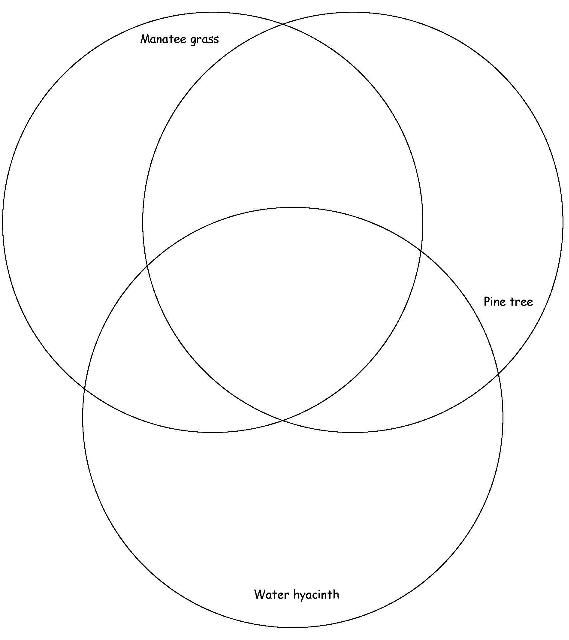For more lessons in the Third Grade Manatee Curriculum series, go to http://edis.ifas.ufl.edu/topic_series_third_grade_manatee_workbook.
Description
Students will learn about plant biology, herbivory, and what manatees eat. Students will realize that all plants are not the same and the manatee prefers certain plants.
Objective
By the end of the activity, students will be able to describe three characteristics of plants that manatees eat.
Standards Addressed
Florida—SC.3.L.17.2; SC.3.L.14.1
Common Core—CCSS.ELA-Literacy.RI.3.7
Vocabulary
herbivore, seed, root, stem, leaves, flower, fruit, water hyacinth, manatee grass, sediment, diameter, pollen, invasive
You Will Need
-
Color printouts of the Plant Data Sheets from this lesson
-
Copies of Venn diagram (the worksheet "Comparing manatee grass, water hyacinth, and pine trees" from this lesson) for each student or group of students
-
Optional: internet access/computers
Strategy
-
Ask students if they remember what type of food manatees like to eat. (Answer: Plants) What do we call animals that eat only plants? (Answer: Herbivore. Some students may say "vegetarian" since this term was used in Lesson 2—this is technically correct, but if they answer this way, you could prompt them for a more specific term.)
-
Explain that today's lesson is going to teach the students about parts of a plant, similarities and differences between plants, and some of manatees' favorite things to eat.
-
Use one or more of the following activities to teach the parts and functions of a plant.
a. You can show the "life-cycle" animation from http://www.mbgnet.net/bioplants/parts.html. (It's at the bottom of the page. It can be downloaded as a .gif file and opened in an image viewing program or run from the website.)
b. The Great Plant Escape (http://urbanext.illinois.edu/gpe/index.cfm) is a fun interactive/educational game from the University of Illinois Extension and is geared towards 4th and 5th grade students. If you have access to a computer lab, you can have students do this individually, in teams, or as a class activity. Case 1 includes an activity labeling the parts of a plant and questions about plant part functions.
c. Your students can test their knowledge about edible plant parts by playing "Supermarket Botany" at http://www.mbgnet.net/bioplants/supermkt.html.
4. Show students pictures of water hyacinth, manatee grass, and pine tree. Do all three types of plants have roots, stems, and leaves? (Answer: Yes, although pine tree "leaves" are called needles.) Point out that manatee grass grows underwater with its roots buried in the sediment. Water hyacinth plants float on the surface of the water, with their leaves and flowers in the air and their roots hanging down in the water. Pine trees grow on land, with roots in the soil.
a. Remind students that manatees live in water. Ask the students which of the three types of plants they think manatees might eat. (Answer: Manatee grass and water hyacinth) Ask the students how plants get their food. (Answer: They use the sun's energy to make it.) Explain that animals like manatees have to get their energy by eating plants.
b. Have students use a Venn diagram (and the Plant Data Sheets) to compare the three different types of plants using the following characteristics:
i. Long, thin leaves
ii. Wide, rounded leaves
iii. Large, showy flowers
iv. Small flowers
v. Lives in water
vi. Lives on land
vii. Roots in soil/sediment
viii. Roots hang loose in water
ix. No flowers
Plant Data Sheet: Water hyacinth
Where does it live?
Water hyacinth plants float in fresh water. They can be found growing in Florida's rivers, lakes, and ponds. Their leaves and flowers are in the air, while their roots hang down in the water.
What does it look like?
Water hyacinth plants have large purple flowers. A single plant can be from a few inches to three feet tall!
What's special about it?
Water hyacinth is an INVASIVE plant in Florida. It was brought here from another country, because people thought it was pretty and wanted to have it growing in their ponds. Unfortunately, it ended up in places like the St. Johns River, where it grows and grows and grows, covering the surface of the water in some places. This means that light cannot get into the water, so underwater plants cannot survive. Also, boats cannot get through the thick water hyacinth. Now people are not allowed to bring any more water hyacinth into Florida!
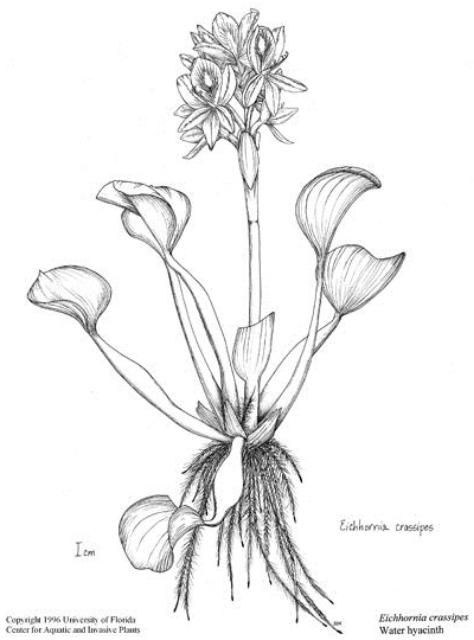
Credit: UF Center for Aquatic and Invasive Plants

Credit: Samuel Huckins
Plant Data Sheet: Manatee grass
Where does it live?
Manatee grass lives in Florida's salty water (ocean and bays). It lives completely underwater. Its roots are buried in the sediment, and its leaves stick up into the water. Manatee grass grows in shallow water—it cannot grow in very deep water.
What does it look like?
Manatee grass leaves look like green spaghetti! The leaves are rounded and can be rolled in your hands. Manatee grass has tiny flowers, but they are very difficult to see.
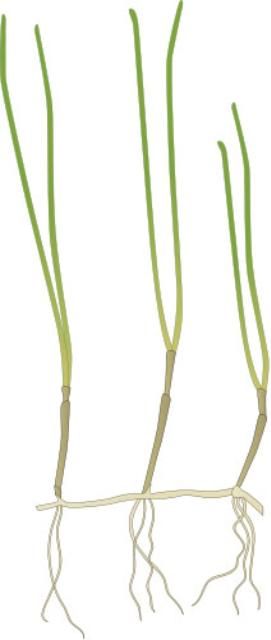
Credit: Tracey Saxby, Integration and Application Network, University of Maryland Center for Environmental Science (ian.umces.edu/imagelibrary/)
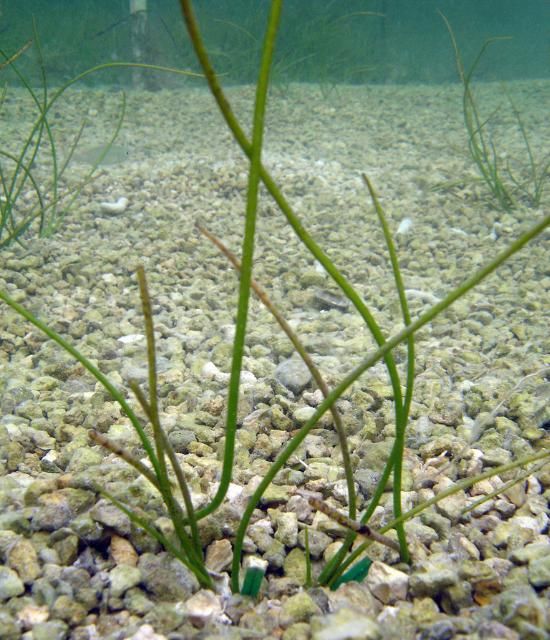
Credit: Florida Fish and Wildlife Conservation Commission
Plant Data Sheet: Pine tree
Where does it live?
There are many types of pine trees, but all live on land and bury their roots in the soil.
What does it look like?
Pine trees have long, thin needles instead of leaves. Pine trees can be very tall. They do not have true flowers, but they make lots of yellow pollen. Pine tree seeds grow inside pine cones.
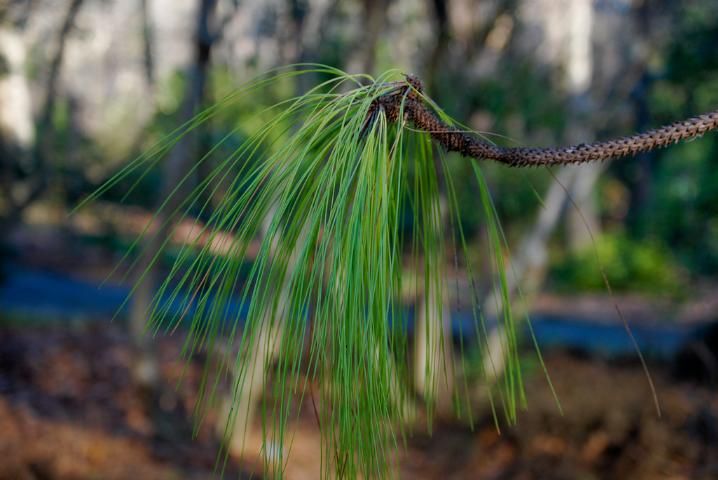
Credit: Melinda Shelton
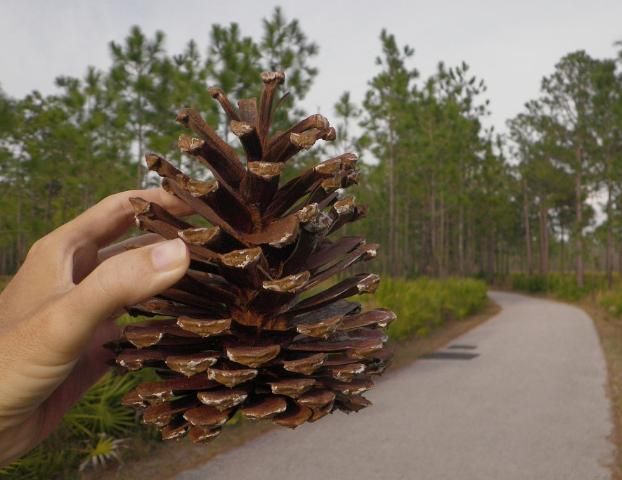
Credit: Daniel Oines
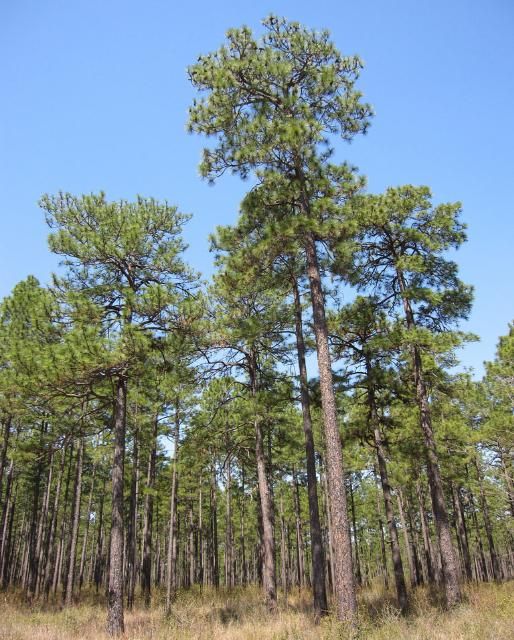
Credit: Chris M. Morris
Comparing Manatee Grass, Water Hyacinth, and Pine Trees
Name: __________________________________________
Use the photographs and the plant data sheets to help with this activity. Write the letter for each characteristic in the proper place in the diagram below. You can also create additional characteristics if you want.
a. Long, thin leaves
b. Wide, rounded leaves
c. Large, showy flowers
d. Small flowers
e. Lives in water
f. Lives on land
g. Roots in soil/sediment
h. Roots hang loose in water
i. No flowers
